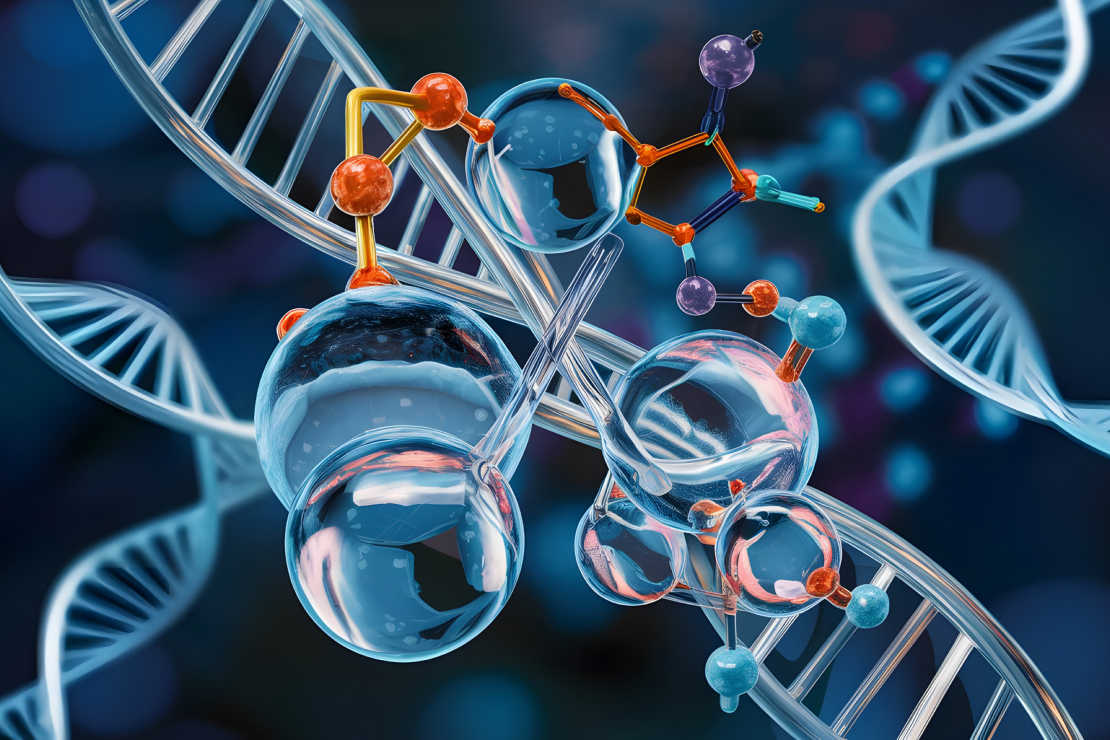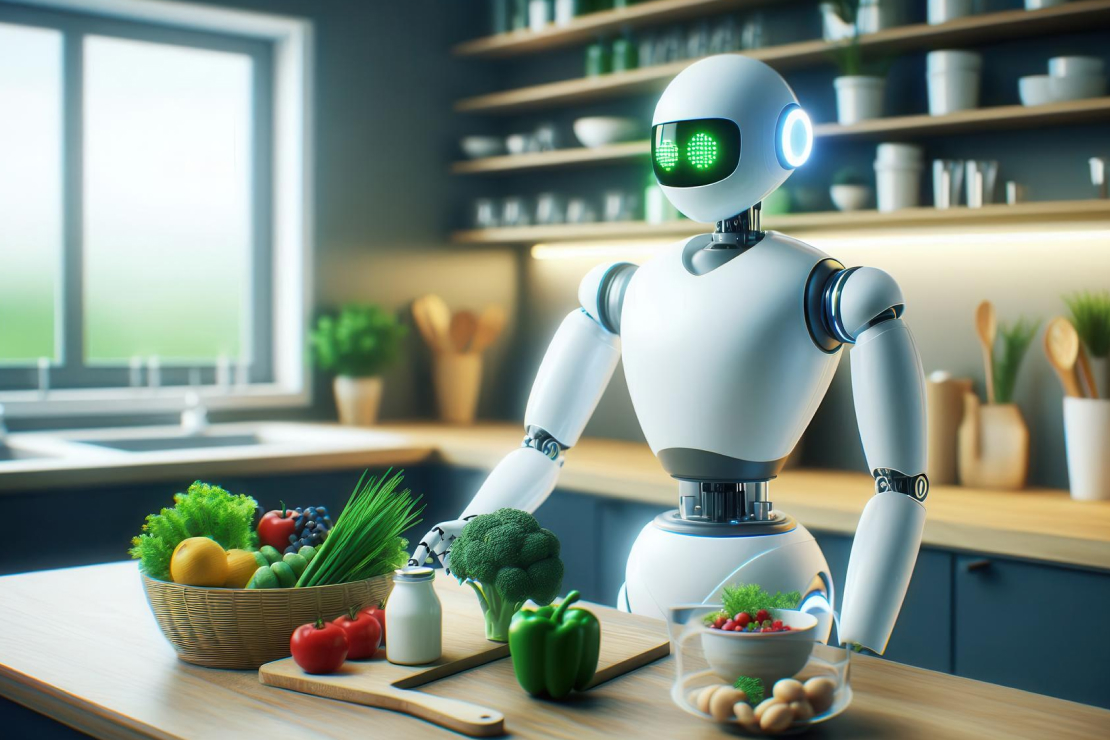Can AI Help You Avoid Overeating Protein?
Discover how artificial intelligence is revolutionizing protein tracking and helping users maintain optimal protein intake. Learn about AI-powered tools, their benefits, and limitations in managing your protein consumption.

Table of Content
The Protein Paradox: Finding the Right Balance
In today's fitness-focused world, protein has become a nutritional superstar. While essential for muscle growth, recovery, and overall health, the line between optimal intake and overconsumption can be blurry. As artificial intelligence continues to transform how we approach nutrition, we're seeing innovative solutions emerge to help users navigate this complex dietary landscape.
Understanding Your Protein Needs
Before exploring how AI can help, let's establish a clear understanding of protein requirements through a detailed comparison of different activity levels and goals:
| Activity Level | Protein Needs (g/kg) | Example (70kg person) | Key Considerations |
|---|---|---|---|
| Sedentary | 0.8g | 56g daily |
Basic maintenance
Minimal physical activity |
| Moderately Active | 1.2-1.4g | 84-98g daily |
Regular exercise
3-4 workouts per week |
| Very Active | 1.6-1.8g | 112-126g daily |
Intense training
5+ workouts per week |
| Athlete | 2.0-2.2g | 140-154g daily |
Professional training
Multiple sessions daily |
The Challenge of Manual Protein Tracking
Traditional protein tracking methods face several significant challenges that can lead to inaccurate tracking and potential health implications. The complexity of modern food products, combined with human error in portion estimation, creates a perfect storm for tracking inaccuracies.
One of the biggest challenges is the hidden protein content in processed foods. Many products contain protein sources that aren't immediately obvious, such as whey protein in energy bars or soy protein in meat alternatives. This hidden protein can quickly add up throughout the day, leading to unintentional overconsumption.
- Hidden protein sources
Many processed foods contain unexpected protein
- Portion estimation errors
Can lead to 20-30% tracking inaccuracy
- Label reading complexity
Different serving sizes and units
- Time-consuming process
Manual entry takes 5-10 minutes per meal
- Inconsistent measurements
Different units (oz, g, cups) cause confusion
- Recipe complexity
Home-cooked meals require ingredient breakdown
- Restaurant challenges
Limited nutritional information available
- Memory limitations
Recalling exact portions throughout the day
Common Manual Tracking Mistakes
Even experienced trackers can fall victim to common mistakes that affect their protein tracking accuracy:
- Underestimating portion sizes
Studies show 20% average underestimation
- Forgetting condiments and sauces
Can add 5-10g protein per serving
- Inconsistent measuring methods
Eye-balling vs. weighing differences
- Missing snack tracking
Small bites can add up to 15g protein
AI Revolution in Nutrition Tracking
Artificial intelligence is transforming how we monitor our protein intake through several innovative approaches:
- Image recognition technology
Instant food identification and portion estimation
- Barcode scanning
Database of over 1 million food items
- Voice command logging
Hands-free tracking capability
- Machine learning algorithms
Personalized recommendations based on user history
AI-Powered Protein Management Features
Modern AI systems have revolutionized protein tracking through sophisticated features that address the limitations of manual tracking. These systems combine machine learning, computer vision, and natural language processing to provide comprehensive protein management solutions.
1. Smart Food Logging
AI-powered food logging systems offer unprecedented accuracy and convenience in tracking protein intake. These systems use advanced image recognition to instantly identify foods and estimate portions, eliminating the guesswork from manual tracking.
- Real-time protein alerts
Notifications when approaching daily limits
- Pattern recognition
Identifies high-protein trends in diet
- Alternative suggestions
Recommends balanced food swaps
- Portion estimation
AI-powered visual analysis
- Voice command logging
Hands-free tracking capability
- Barcode scanning
Instant database lookup
- Recipe analysis
Automatic ingredient breakdown
- Restaurant menu integration
Pre-loaded nutritional data
2. Intelligent Meal Planning
AI systems can create personalized meal plans that optimize protein distribution throughout the day. These systems consider individual goals, dietary preferences, and nutritional needs to create balanced meal suggestions.
- Balanced meal suggestions
Based on dietary preferences and goals
- Protein distribution
Optimal timing throughout the day
- Recipe modifications
Adjusts protein content automatically
- Shopping list generation
Includes protein alternatives
- Meal prep optimization
Batch cooking suggestions
- Budget-friendly options
Cost-effective protein sources
- Seasonal adjustments
Local and seasonal food recommendations
- Dietary restriction handling
Allergen and preference management
3. Real-Time Analytics
Advanced tracking features provide immediate insights into protein consumption patterns, helping users make informed decisions about their diet. These analytics tools use machine learning to identify trends and provide actionable recommendations.
- Daily/weekly reports
Visual protein intake patterns
- Trend analysis
Identifies overconsumption patterns
- Goal tracking
Progress towards protein targets
- Custom alerts
Personalized notification settings
- Nutrient balance visualization
Interactive charts and graphs
- Progress predictions
AI-based goal achievement forecasting
- Social sharing
Progress sharing with support network
- Export capabilities
Data sharing with healthcare providers
4. Advanced AI Features
The latest AI systems incorporate cutting-edge features that go beyond basic tracking to provide comprehensive protein management:
- Metabolic adaptation tracking
Adjusts recommendations based on body response
- Sleep quality correlation
Links protein timing to sleep patterns
- Exercise integration
Workout-based protein recommendations
- Stress impact analysis
Adjusts for stress-related protein needs
- Gut health monitoring
Tracks protein digestion efficiency
- Hormonal cycle adaptation
Adjusts for menstrual cycle phases
- Age-related adjustments
Modifies recommendations based on age
- Health condition awareness
Adapts to medical conditions and medications
Limitations of AI in Protein Tracking
While AI tools are powerful, they have certain limitations:
- Input accuracy dependency
Quality of data depends on user input
- Database limitations
May not include all food items
- Individual variations
Generic recommendations may not suit everyone
- Professional guidance
Not a replacement for medical advice
Top AI Tools for Protein Management
Several apps stand out for their protein tracking capabilities:
- MyFitnessPal
Extensive food database and barcode scanning
- Lose It!
Smart meal suggestions and pattern recognition
- Cronometer
Detailed nutrient breakdown and tracking
- Macro Tracking AI
Advanced image recognition and analysis
Who Benefits Most from AI Protein Tracking?
Different user groups can leverage AI tools effectively:
- Athletes and bodybuilders
Precise protein timing and amounts
- High-protein dieters
Keto, paleo, and other protein-focused plans
- Health-conscious individuals
Maintaining balanced nutrition
- Medical conditions
Kidney issues, liver problems
The Future of AI in Protein Management
Emerging technologies promise even better protein tracking:
- Wearable integration
Real-time nutrient absorption monitoring
- Personalized algorithms
Individual metabolic response tracking
- Smart kitchen devices
Automated portion control and tracking
- Health ecosystem integration
Connected devices and apps
"AI-powered nutrition tracking isn't just about counting grams of protein—it's about creating a sustainable, balanced approach to nutrition that adapts to your unique needs and goals."
Final Thoughts
While AI tools can significantly improve protein tracking and help prevent overconsumption, they work best as part of a comprehensive approach to nutrition. Combining AI technology with mindful eating practices and professional guidance creates the most effective strategy for maintaining optimal protein intake.
The key is to use AI as a supportive tool rather than a complete solution. By understanding your body's needs and leveraging technology appropriately, you can achieve better protein balance and overall nutritional health.
Start Your Health Journey Today
Download Macro Tracking AI and take control of your nutrition with the power of artificial intelligence.
Download on App Store

